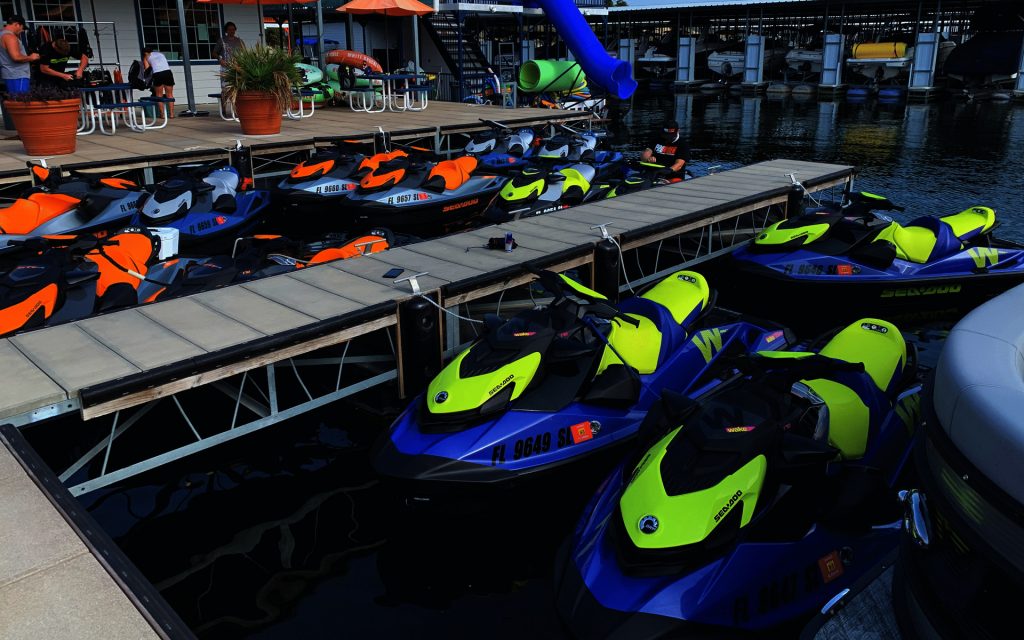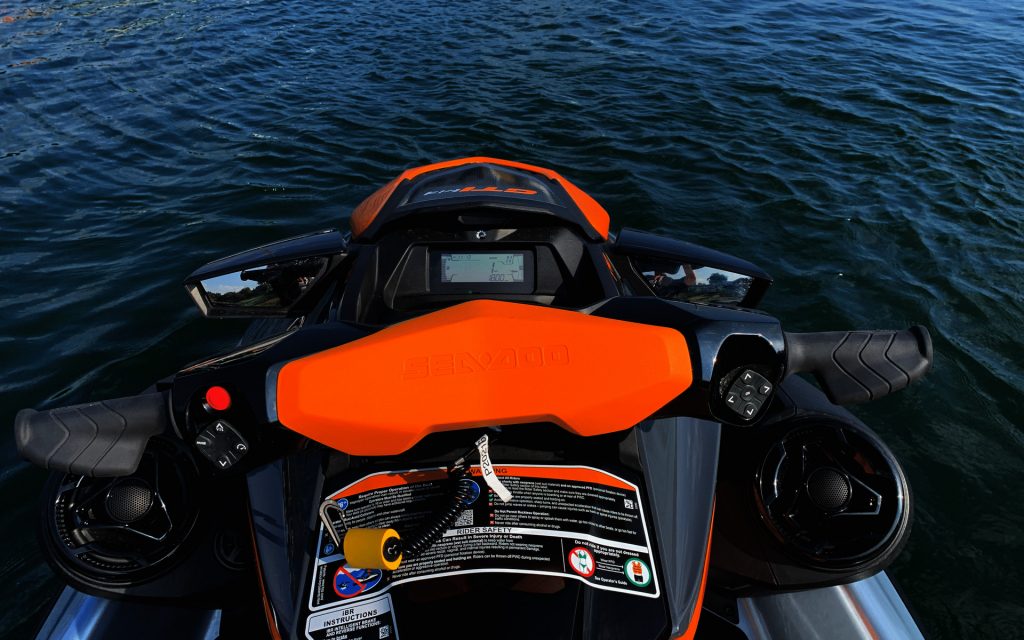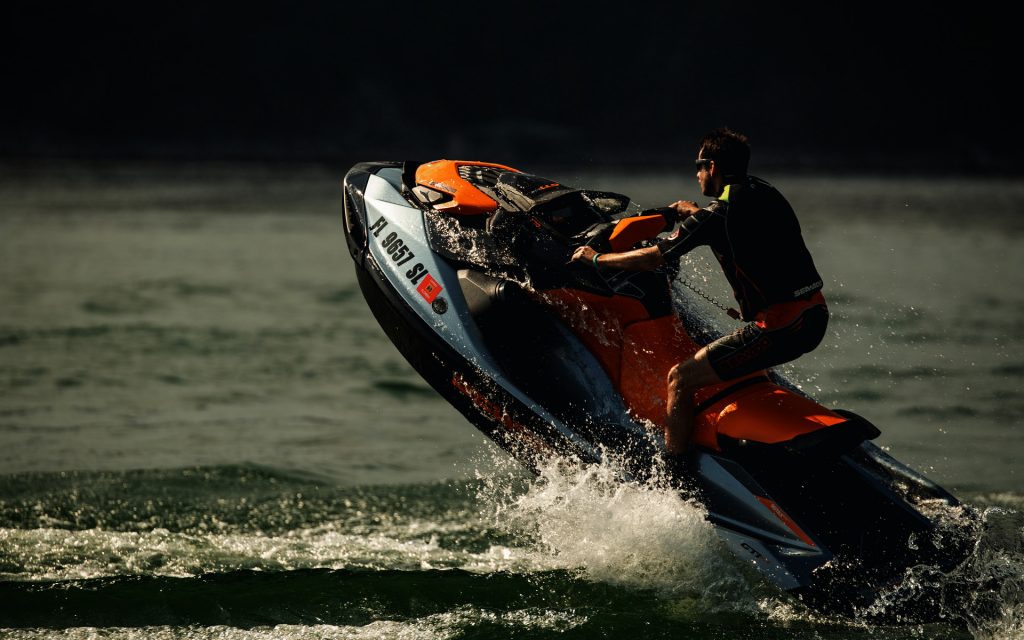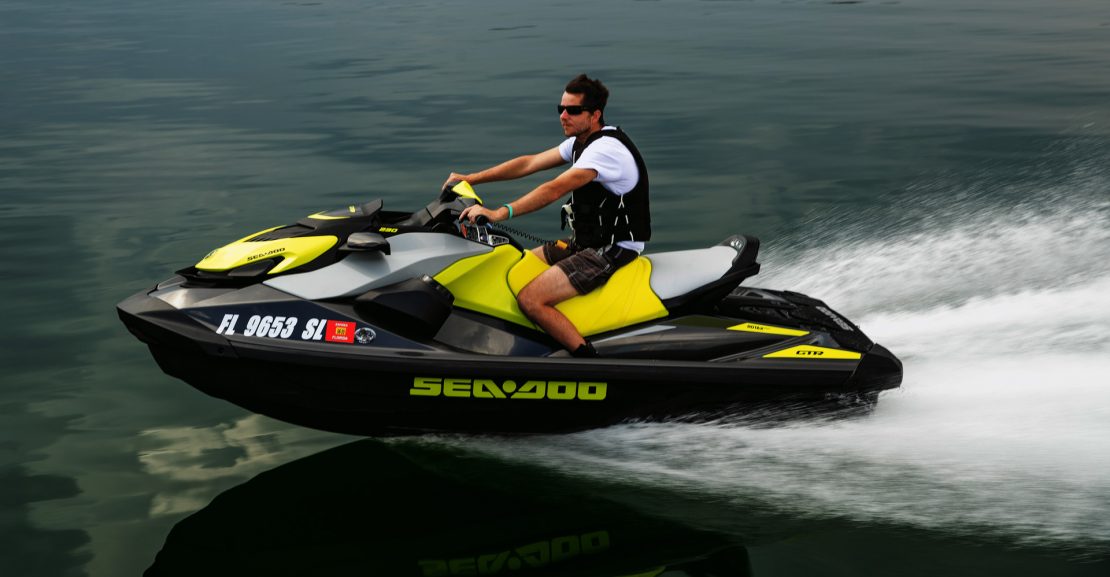BRP has been on the upswing lately with the wind in its sail, as sales of Sea-Doo watercrafts are outperforming all competitors worldwide. The introduction of the Spark in 2014, a more compact and affordable model, was a determining factor. Fears that sales of the Spark would undermine those of the rest of the lineup proved to be wrong, as a wave of enthusiasm swooped up a whole new type of customers into the water. The Spark Trixx, its sportier and perkier counterpart, also snatched up a new clientele of enthusiasts looking for a more compact model for freestyling, and the arrival last year of the Fish Pro positioned Sea-Doo in uncharted territory. This year, BRP introduce a new generation of Sea-Doo GTI.
Two years after introducing its new ST3 platform in its larger models, BRP is implementing the same changes and upgrades in its recreational watercrafts. This shouldn’t come as a surprise, given that this segment accounts for more than 30% of BRP’s sales.

New platform
The foundation of the Sea-Doo GTI 90/130, GTI SE 130/170 models is an all-new practical platform that aims to shatter the myth that watercrafts are only toys to swirl around and have a few minutes of fun. The objective is to offer a versatile model designed for adventure. Rear width was increased by 2.5 cm to enhance watercraft stability at a standstill and enable quick attach to the LinkQ mooring system. The main functionality of this system shared across all other BRP vehicles is to haul three accessories, i.e. a 4 Gal (15 L) fuel caddy, a cooler, and a dry bag. The rear deck features a lounge area under the removable section of the rear seat that is 36% larger than that of previous models.
Practicality has also been enhanced with a new front storage configuration. The front deck now includes the entire handlebars assembly, easily accessible from a seated position once lifted up. In addition to this easy access, it provides 44 litres of extra cargo space, enough to carry all the gear necessary to spend a weekend out on the water.
The glove box has also been improved with a watertight compartment to protect your smartphone against shocks, so you can connect it to the new audio system through Bluetooth and listen to your favourite tunes for the entire ride. Standard on several models, this 100-watt system is user-friendly, with external playback controls located near one of the two speakers, but you’ll have to bend over to reach them. This proves to be quite impractical at high speeds and integrated controls on handlebars would have been much appreciated.

High-powered
All models come standard with a Rotax four-stroke engine. The new 1,630 cc engine now replaces the 1,503 cc engines in all models, with exception for the Spark and the Sea-Doo GTI 90. Like its predecessor, it produces 130 horsepower, with a 170-horsepower version is also available, a significant jump from the previous 155-horsepower upgrade making it the most powerful naturally aspirated engines of the range, the 230- and 300-horsepower engines being supercharged.
The good news is that despite all the changes and the power upgrade, the price of these models basically remains the same. That’s actually sad news for those of you who bought your watercraft last year.
We had the opportunity to put this new propulsion system to the test, and the power boost is noticeable from the get-go. Initial acceleration is stronger, with an acceleration from 0 to 50 mph in 5.2 seconds versus 6.6. seconds for the older 155-horsepower engine. In sports mode, power is more linear, an advantage of naturally aspirated engines. Overall performance has been sufficiently increased, while maintaining reasonable fuel economy in comparison to high-performance models.

The Sea-Doo GTI models provide a nice balance between handling and comfort. They provide a more compelling experience than three seaters and can be taken out for a few spins and figures, while still being comfy for longer rides on turbulent waters. The Ergolock seat inherited from high-performance models provides a good grip for the legs with its deep knee pockets for aggressive driving manoeuvres. The seat was also slightly dropped to lower the watercraft’s centre of gravity. However, you can expect it to throw you off into the water if you get a bit too bold, but that’s actually not too unpleasant on hot summer days.
His superior handling is mainly due to the second-generation Polytec composite plastic hull that used to be exclusive to the Spark models. Competitors may turn their nose on this technology all they want, it has proved its worth. Lighter than a fibreglass hull – by 30 to 40 lb – it is also sturdier and easy to repair should you ever need to.
Competition remains fierce on the water, and BRP keeps on fine-tuning its winning recipe.

